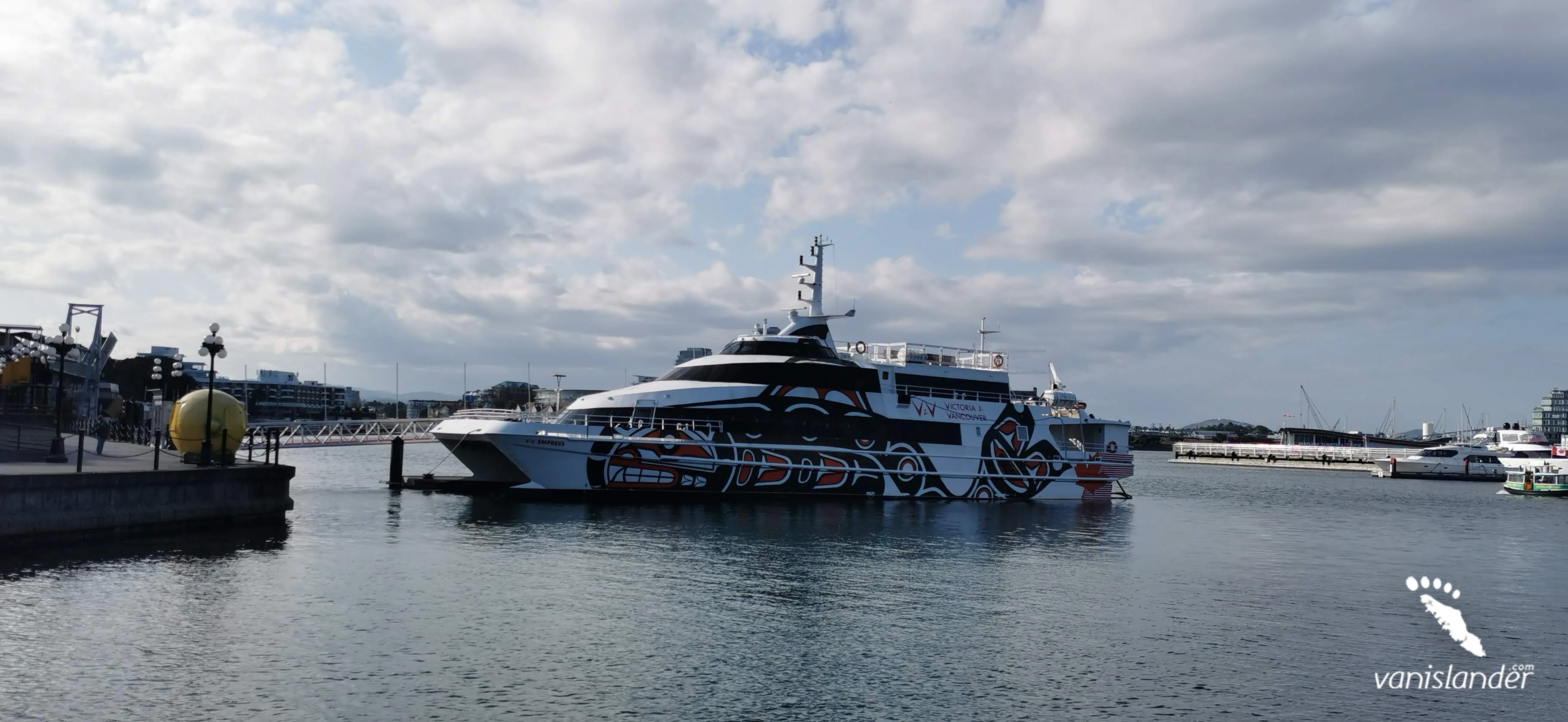
|
Month |
Weather Conditions |
Trail Accessibility |
Considerations |
|---|---|---|---|
|
May
|
Variable weather with cooler temperatures and increased rainfall, creating a dynamic paddling environment.
|
Trails and launch points are generally open but may be slippery; some remote areas may be temporarily inaccessible due to weather.
|
Fewer visitors; prepare for wet, muddy conditions and reduced visibility. Strong westerly winds (20 knots or more) can make paddling challenging along exposed coastlines.
|
|
June
|
Mild temperatures with moderate rainfall, providing a balanced microclimate for kayaking.
|
Most launch points and trails are operational, offering reliable access for exploration.
|
Increasing visitor numbers; ensure you have waterproof gear and proper kayaking equipment (e.g., VHF radio, tide tables). Time your paddle through Kyuquot Channel with the tides.
|
|
July
|
Warmer temperatures and drier conditions, optimal for kayaking and wildlife viewing.
|
All access routes and trails are fully operational, enabling seamless exploration of the sound.
|
Peak season; expect higher visitor numbers. Book water taxis or accommodations in advance. Be prepared for strong westerly winds and check weather forecasts regularly.
|
|
August
|
Warm, consistently dry conditions enhance the visual splendor of the coastline and islands.
|
Trails and launch points remain in excellent condition, facilitating both self-guided and guided tours.
|
Peak season continues; plan ahead for potential high demand on water taxis and camping spots. Monitor for strong northwest winds, which can build up to 20 knots.
|
|
September
|
Cooling temperatures with occasional rainfall, creating variable conditions that accentuate the natural beauty.
|
Trails remain accessible, though some remote routes may be affected by early autumn rains.
|
Fewer visitors provide a quieter experience; prepare for fluctuating weather and cooler conditions. Ideal for those seeking solitude and a more immersive experience.
|